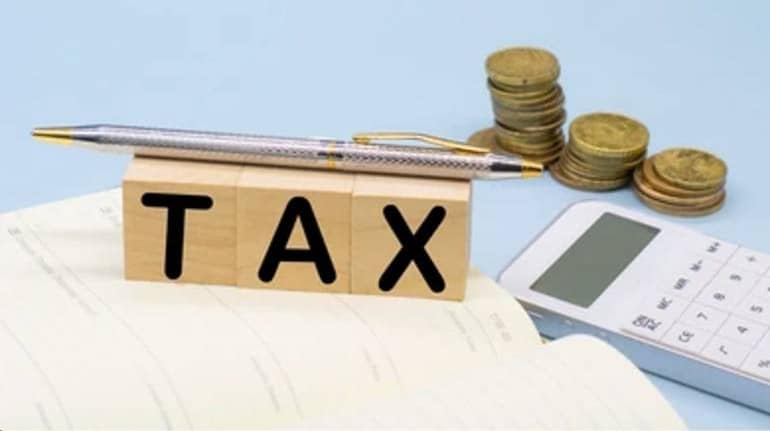



This is a 3-part series demystifying Infrastructure Investment Trust (InVIT); a relatively new asset class that is slowly gaining popularity among high networth individuals and even among retail investors. InVITs give a chance to investors to participate in India’s growth story at a time when the Central government and various state governments across India are building roads, ports and better connectivity. With a small ticket size, InVITs give a chance to investors to participate in a new asset class. However, it’s a complex instrument as an InVIT has multiple sources of income. Besides, InVITs are also listed instruments. Today’s piece talks all about how InVITs are taxed at the hands of its unitholders.
In the first part of this three-part series to educate our readers about infrastructure trusts, or InvITs, we had discussed the basics, and why they should be part of your portfolio.
InvITs are trusts that manage income-generating infrastructure assets, typically offering investors a regular yield and a liquid method of investing in infrastructure projects. The asset may be held directly or via an SPV.
InvITs are a new asset class, and investors have many questions about how income from an InvIT is taxed.
Remember, this is not straightforward income such as interest on bank deposits or capital appreciation on other asset classes. This income has three different elements, namely interest, capital appreciation, and dividend. Allow me to address some of the questions about how an InvIT's income distribution is taxed.
Let's start by understanding the different types of income that InvITs distribute. Distributions to unitholders are classified as follows:
- Dividend (exempt/taxable)
- Interest
- Repayment of the principal amount of a loan from an SPV
- Any other income (such as interest on fixed deposits, mutual funds, capital gains, and so on)
- A combination of any of the above.
As a result, when you invest in an InvIT, you can expect to get returns in a number of these income streams. Let's take an example of how Powergrid Infrastructure Investment Trust (PGInvIT), a listed InvIT, distributed its money in its second payout for the financial year 2022-23.
Also read: What is an InvIT and why should investors have it in their portfolios?
A case study
Let's take the case where businessman Amitabh Kapoor had invested Rs. 6 lakh in the PGInvIT at the start of the current financial year. His average buy price is Rs 135.56, and he holds 4,426 units. PGInvIT was launched on April 29, 2021, at a price band of Rs 99-100 per unit for the public issue. It has since reached an all-time high of Rs 142 and is currently hovering at around Rs 127.
Let's analyse the performance of Kapoor's PGInvIT investment.
The investment manager of PGInvIT has announced a payout of Rs 3 per unit, to be made on November 9, 2022. This is PGInvIT's second payout for the financial year 2022–2023.
The break down of the Rs. 3 payout per unit is as follows:
Rs 1.98 in interest
Rs 0.62 in taxable dividend,
Rs 0.20 in tax-exempt dividend,
Rs 0.19 by way of repayment of SPV debt, and
Rs 0.01 in treasury income in the unitholder's hands
As a result, Kapoor has got a total return of Rs. 13,278 on the 4,426 units he owns.
Now that we have seen how the InvIT actually distributes money, we can see how taxation works.
How do the numerous income sources affect the tax liabilities of PGInvIT investors? To understand this, we must separate InvIT income sources into two categories: those that are exempt from tax, and those that are taxed in the hands of unitholders.
Tax-exempt income
Dividend payouts by PGInvIT from underlying SPVs (where the SPVs have not chosen taxation under Section 115BAA of the Income Tax Act), and any other money generated by PGInvIT (such as treasury income or interest on fixed deposits), such income is tax exempt in the hands of unitholders, i.e., PGInvIT investors. To be sure, your InvIT will mention if the dividend is taxable or is tax-exempt. As you can see from the example above, the InvIT has made it clear that Rs 0.62 paid per unit is taxable dividend and Rs 0.20 per
To be sure, your InvIT will mention if the dividend is taxable or is tax-exempt. As you can see from the example above, the InvIT has made it clear that Rs 0.62 paid per unit is taxable dividend and Rs 0.20 per
unit is exempt from tax.
Taxable income
Interest income that PGInvIT gets from its underlying SPVs and passes on to unitholders is taxed. The dividends that PGInvIT pays also get taxed. Both interest and dividend are taxed per your income tax slab. This is applicable where the InvIT has opted for taxation under section 115BAA of the Act.
Some part of your investment in an InvIT is used by it as a loan, and the InvIT pays you interest. The other portion of your investment gets used up as capital, and on this it pays you a dividend from the profit it earns. Be it interest or dividend income in your hands, both are taxed in the same way — per your income tax slab.
As a result, they have already paid the required tax, i.e. higher taxes on the distributed dividend, therefore it is exempt in the hands of unitholders.
Capital gains tax
Up to this point, we have examined the tax implications of the income received from the InvIT.
Now let's examine the tax implications on capital gains, that is, the taxability when you sell InvIT units.
Profits or losses on sales will be treated as capital gains or losses and taxed at one of the following rates based on the holding time frame.
Short-term capital gains (STCG)
STCG taxation rules apply if you held an investment in an InvIT for three years prior to selling it. Gains from the selling of such InvITs units are subject to a 15 percent STCG tax without indexation. Only gains in excess of Rs 1 lakh are taxed.
Long-term capital gains (LTCG)
If you sell your InvIT units after three years, you are subject to LTCG taxation. Here, you pay 10 percent LTCG tax on your gains, without indexation. Only gains in excess of Rs.1 lakh are taxed.
Should you invest in InvITs?
With InvITs, it is crucial to understand the impact of taxation as returns here are not straightforward as those from bank deposits or other investments. InvIT is a relatively new investment product, and it sounds a bit complex. But it plays a crucial role in building the country’s infrastructure and hence is bound to become more popular in the months and years to come.
Investors can start by investing small amounts in InvITs to become familiar with the vehicle. Treat it like a debt instrument. A small allocation of about 10 percent of your overall debt allocation is ideal, to begin with.
Discover the latest Business News, Sensex, and Nifty updates. Obtain Personal Finance insights, tax queries, and expert opinions on Moneycontrol or download the Moneycontrol App to stay updated!